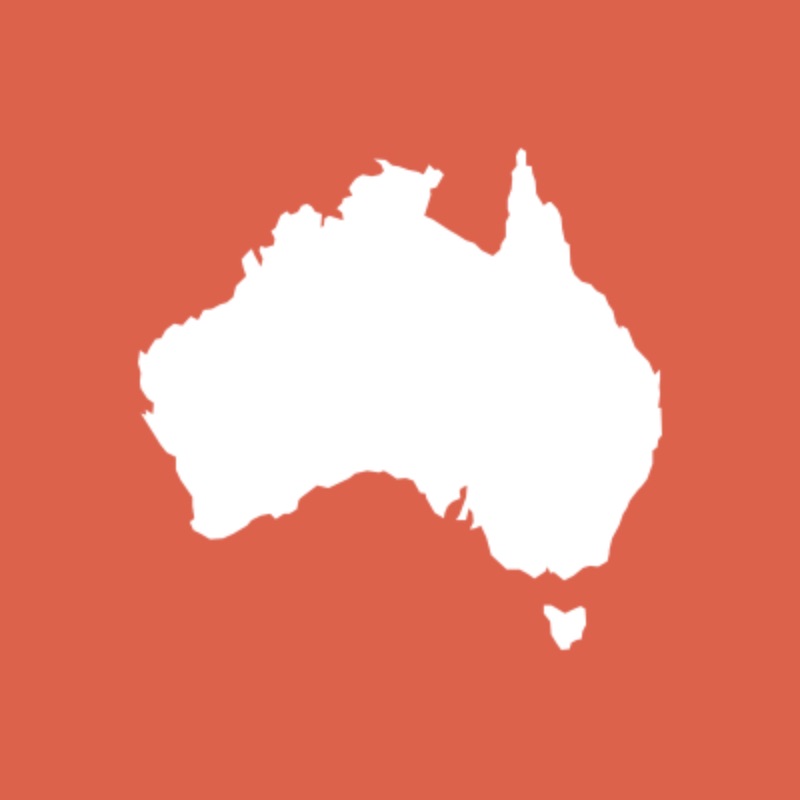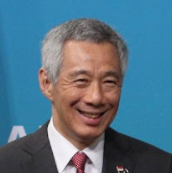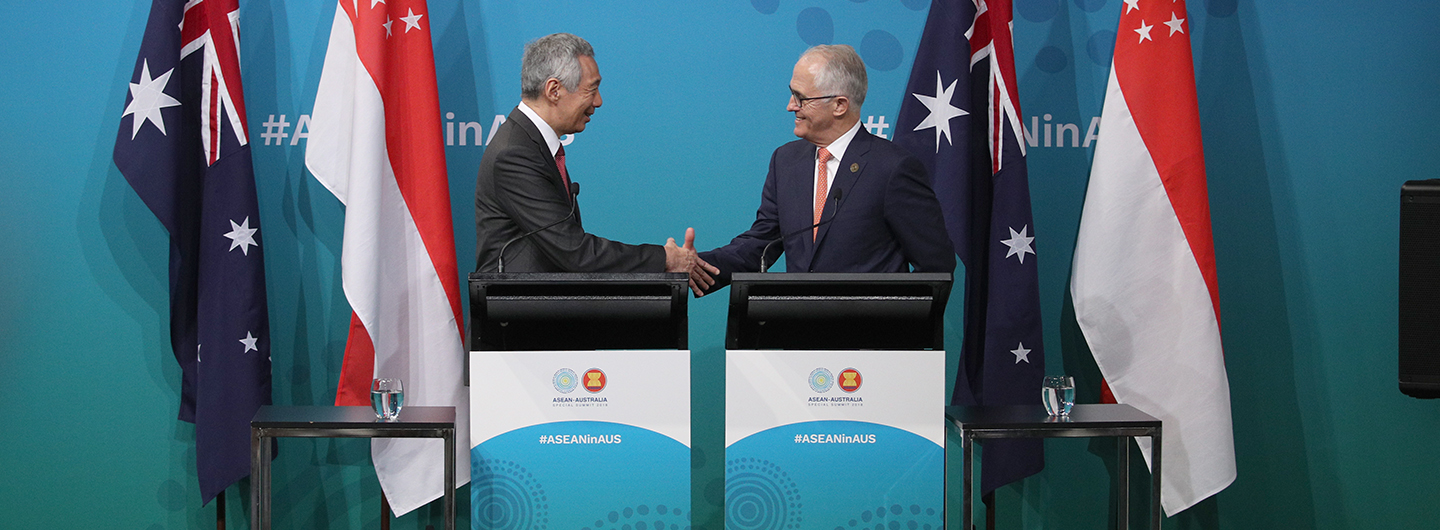This is an excerpt of responses by PM Lee Hsien Loong at the Singapore-Australia Leaders’ Summit Joint Press Conference Q&A segment on 16 March 2018. PM Lee was on an Official Visit to Sydney, Australia.

The Australian: Is China dividing ASEAN

PM Lee Hsien Loong: We do not see the world in black and white terms. We are in ASEAN, in Southeast Asia, we do business with all the major powers in the world, including China, including the United States. There is a shift in the global strategic balance. The Chinese influence is growing with its economy, with its strength, with its interests in the region and beyond. There is a range of different perspectives and responses to this shift in the balance amongst the different ASEAN countries, which is not surprising, because the different ASEAN countries have different interests of their own and see the world differently. If you are a landlocked state on China’s borders, you see the world differently from an archipelagic state, which is further away and which does business not only with one major partner but with many different partners. It is one of the factors which lead to ASEAN countries having different perspectives but it is not the only factor on which ASEAN countries will have different perspectives and we must expect that this is the reality of the way the world is, particularly in the association of sovereign countries. Even within the Commonwealth of non-sovereign states, there is a range of views between somebody on the Eastern seaboard like New South Wales and somebody from the Western coast like West Australia. It is normal. Therefore, I would not accept your framing of the question. I think these are issues ASEAN has to deal with and we will have to do our best to manage all these tensions and these pressures.

The Straits Times: Jasmine from the Straits Times. You talked about the changing strategic shifts in the region. So how would Singapore and Australia work together to navigate this change in landscape? You both also called for promoting free trade even in the face of rising protectionism. How will both countries work together to do this, especially with regards to RCEP and TPP?

PM Lee: One way we are responding to the challenges between Singapore and Australia, because we are good friends, is that we are having systematic dialogue and engagement. We meet once a year, and that is an opportunity for us to exchange views and to see where can work along similar lines. We have similar perspectives, not identical ones. Australia is a Treaty Ally of the United States, Singapore is not. We are a good friend of the United States. We are also good friends with China as is Australia. So our perspectives have many points of overlap, and where they do overlap, we exchange notes on how we can work together and promote further substantive cooperation. The TPP-11 is one example, the RCEP is another example. ASEAN-Australia cooperation is another example. But the objective is to strengthen our ties and at the same time promote an inclusive and a stable region, which is in the interest of both of us, as well as many other powers.

CNA: I'm Elizabeth from CNA. My question has three parts. The first is the progress on the joint development military base in Northern Queensland. This is in light of reports that they have been challenges securing the land, so if we could we have an update on that? The second is, how and when do the two sides plan to upgrade the Avoidance of Double Taxation agreement and how can Singapore and Australia benefit from that? The third question is on Smart Cities. How will Australia work with Singapore and other ASEAN nations to develop Smart Cities?

PM Lee: We are looking to build smart cities in Singapore, as well as a network of smart cities in ASEAN countries, because many cities are going in this direction. They are using technologies, they are using networks, they are using sensors, they are wiring up. They are getting their e-commerce going, they are getting their e-cash going, and there is scope for cooperation. Cooperation in terms of standards, cooperation in terms of interoperability, in terms of footprints of the services, so that you can offer the services across jurisdictions. Many Australian cities are progressing on these areas too, and we can link them in into this network. This is one way Australia can integrate into the region.
Explore recent content
Explore related topics

